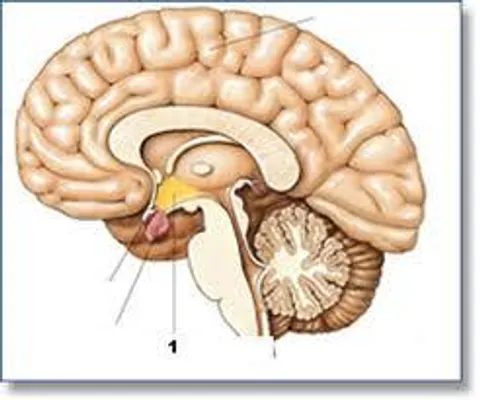
Reticular formation and the Hypothalamus
This quiz covers lectures on the reticular formation and the hypothalamus. Inputs and outputs to the hypothalamus and control of homeostatic mechanisms will also be assessed.
published on June 18, 2013